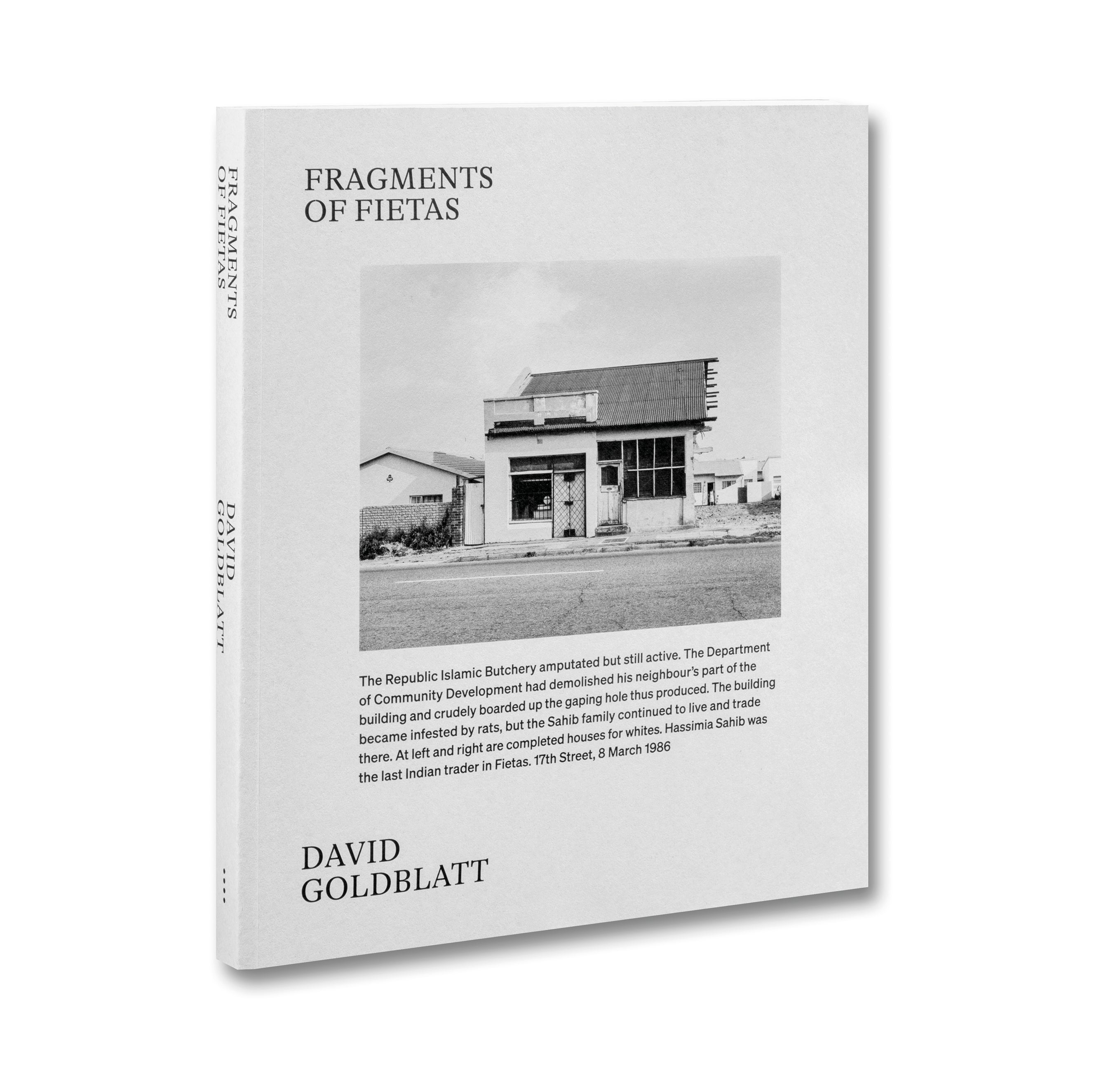David Goldblatt captures intimate portraits of Johannesburg during apartheid
Between 1948 and 2016, David Goldblatt returned periodically to Fietas, a suburb in the west of Johannesburg’s city centre, to photograph the impact of apartheid legislation on its residents and landscape. The resulting photographs have now been collected and published for the first time
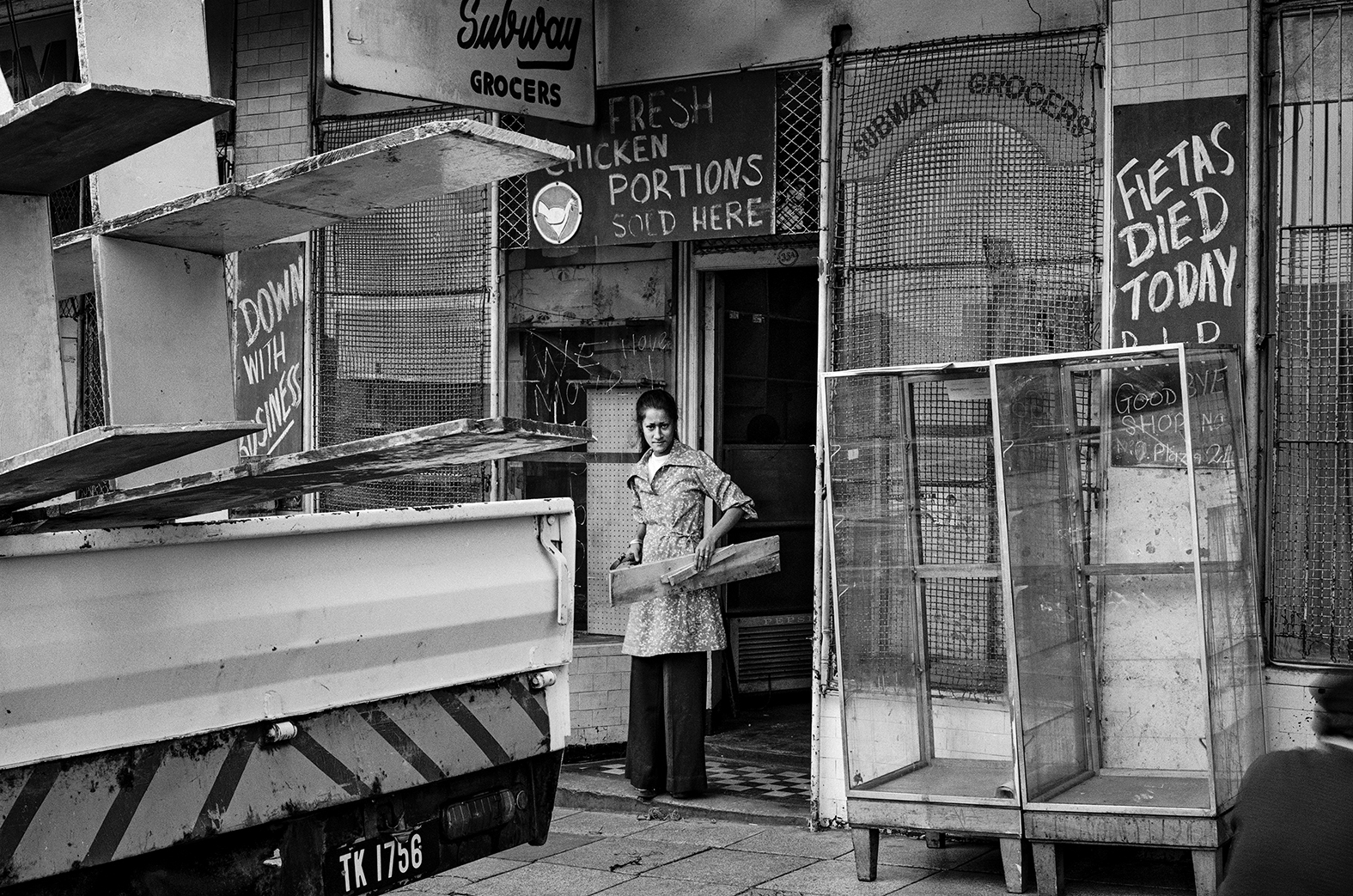
The Docrats still retained their ancestral home on the 20th Street in Johannesburg when South African photographer David Goldblatt took their photograph, capturing an image of comfortable serenity. Soon after, the Docrats were 'disqualified’ from living there – like many others, governed by apartheid laws. From 1946 to 2016, David photographed this displaced community in the Fietas region, composed of the suburbs of Pageview and Vrededorp, which has now been compiled by his daughter Brenda Goldblatt into the book ‘Fragments of Fietas’.
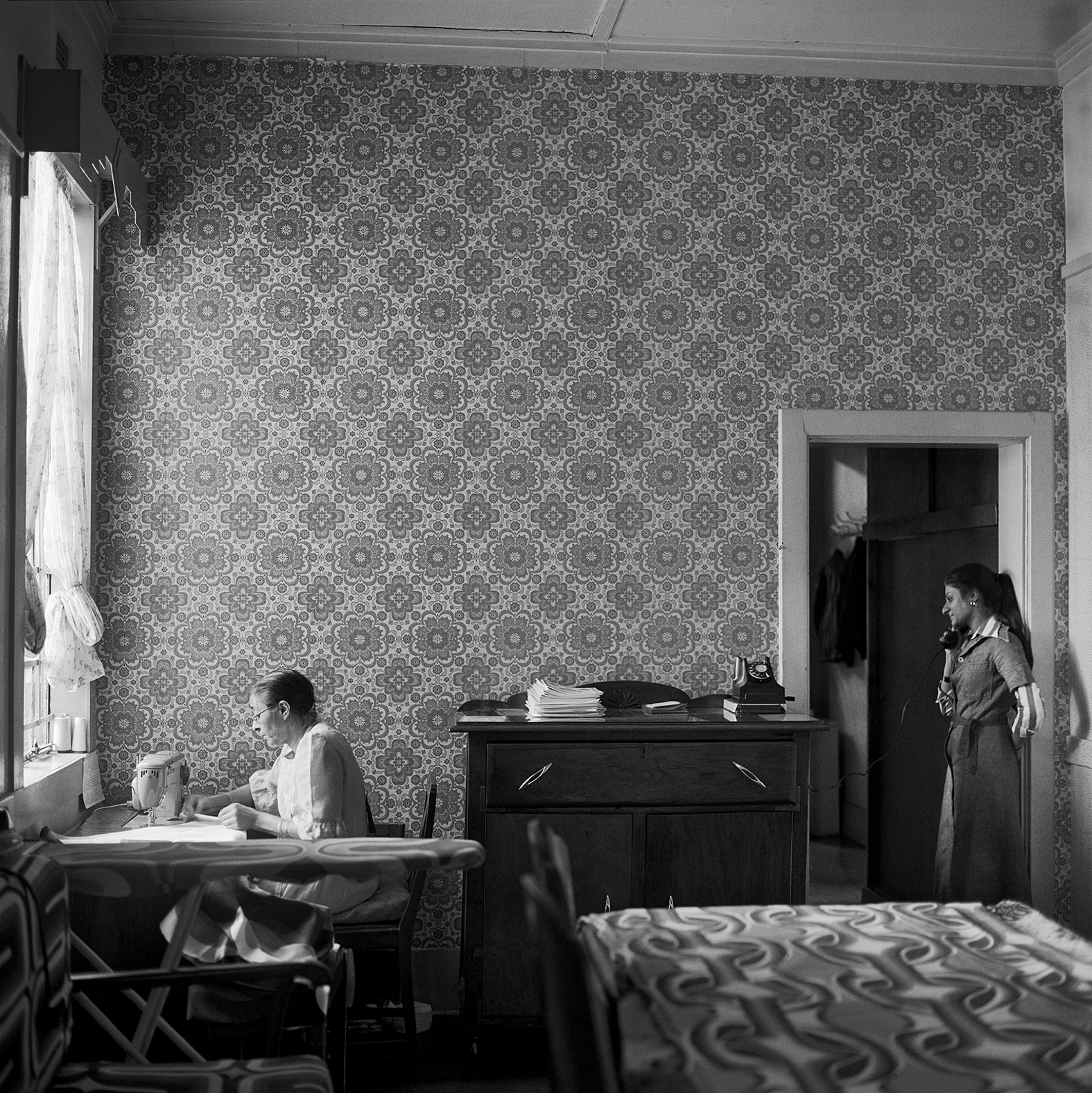
David Goldblatt, Mrs Moolla and Fazela Docrat in the living room of the Docrat home, 20th Street, 1977, from Fragments of Fietas, (MACK, 2025)
As early as 1923, plans for separate urban residential areas for Africans had been developed. Local legislation was already propagating segregated living, but once the Nationalist Party came to power with veiled intentions of white supremacy and instilled the Group Areas Act of 1950, racially segregated town planning became compulsory for South Africa. It forced many like the Docrats to move out of their homes to places 'set aside for them'.
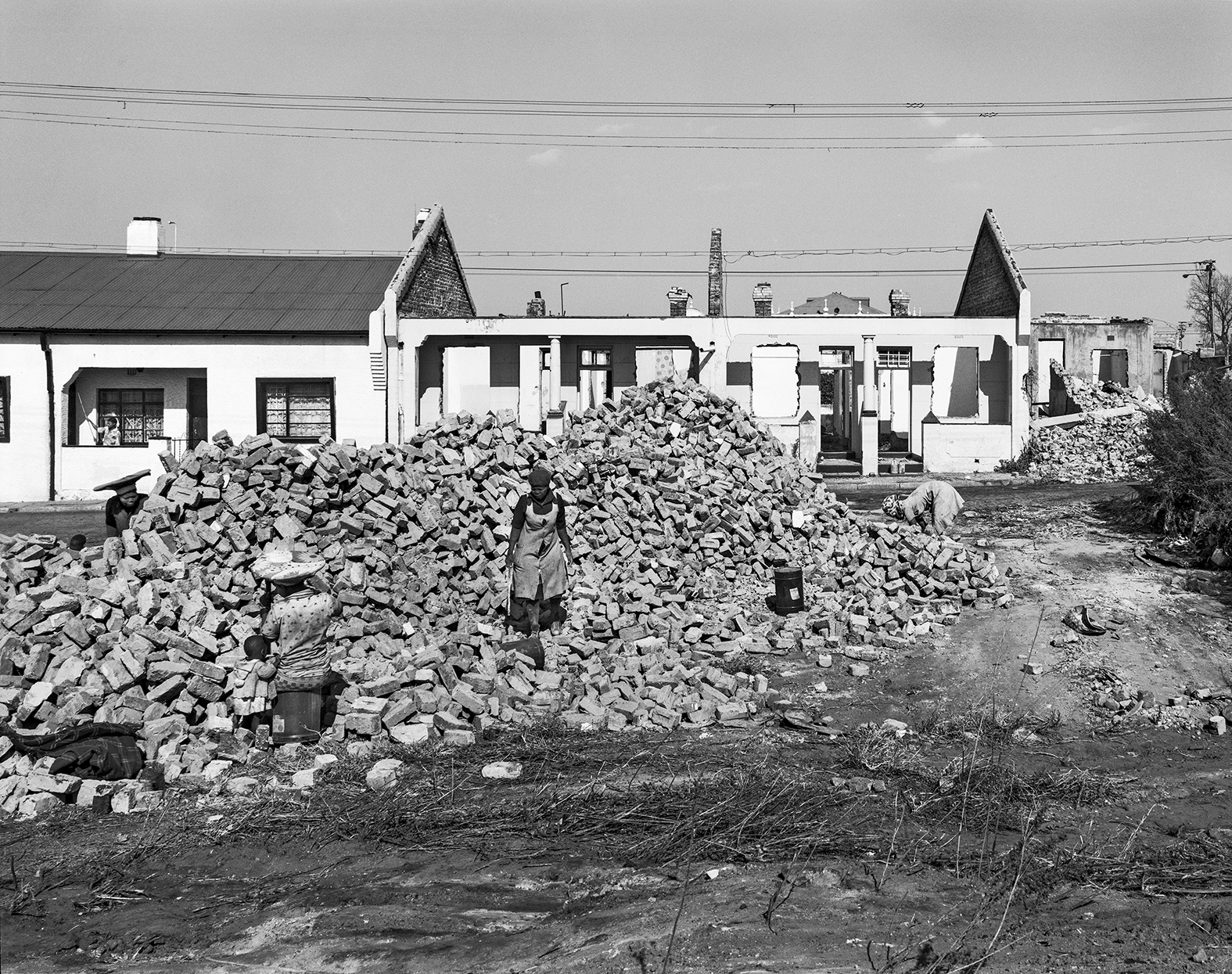
David Goldblatt, Women salvage bricks from demolished houses for a white building contractor. The house had belonged to the Koor family. The house on the left was Ebrahim Sayed’s. 21st Street, 3 June 1982, from Fragments of Fietas, (MACK, 2025).
It's an intimate portrait of people that David presents, highlighting a personal relationship with many of them. A group, possibly a family, stands in front of a house which they were about to abandon – some of the elders smile but the younger children’s faces are etched with distress. An empty breakfast table in Tahera Karbelkar’s house speak to her fear in the final days in which she stayed in her home, not answering the doorbell of the Group Area inspectors when David visited her. Her house was demolished and never rebuilt, the dream of redevelopment having never been achieved by the Mandela government.
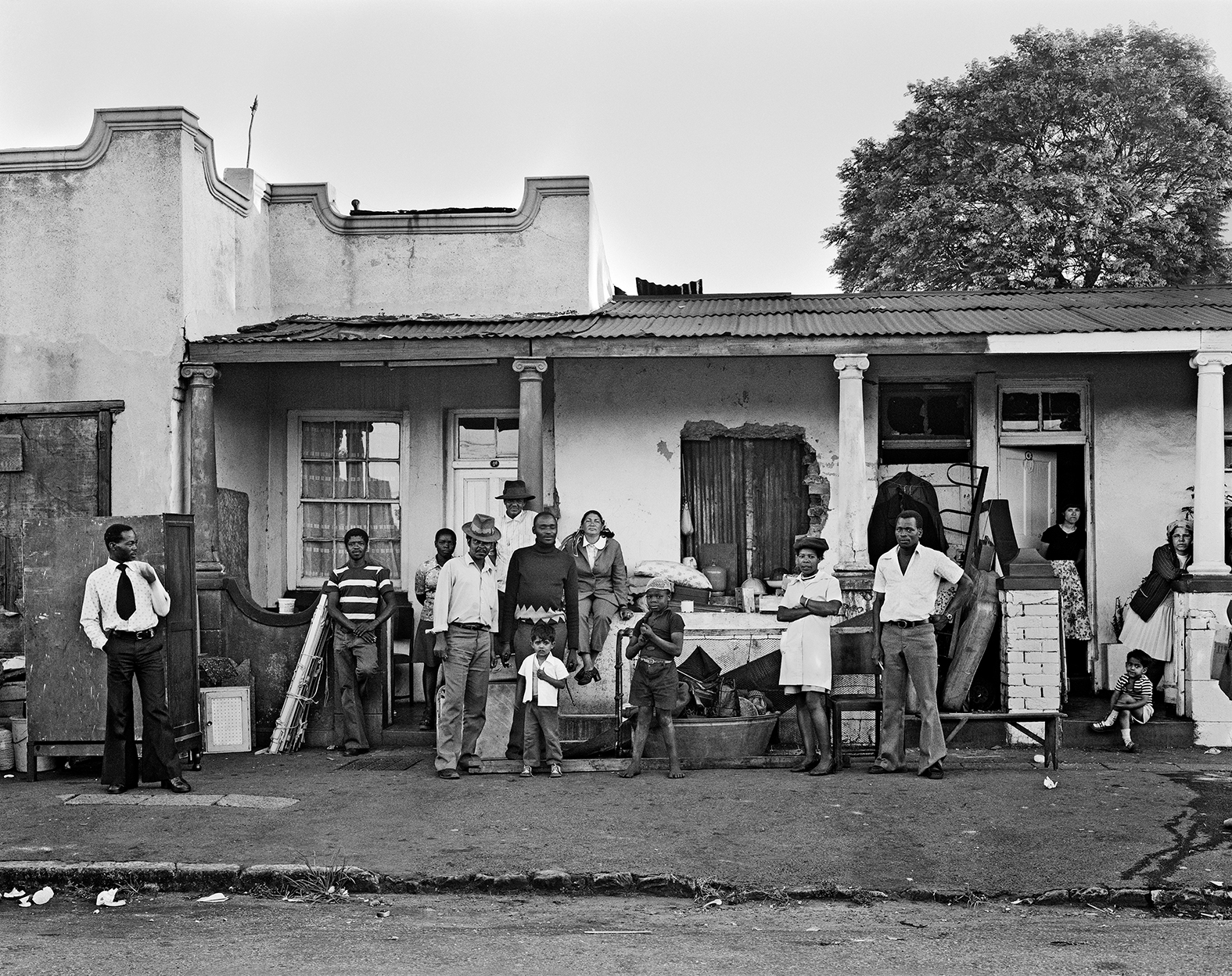
David Goldblatt, Removal from Fietas, November 1976, from Fragments of Fietas, (MACK, 2025)
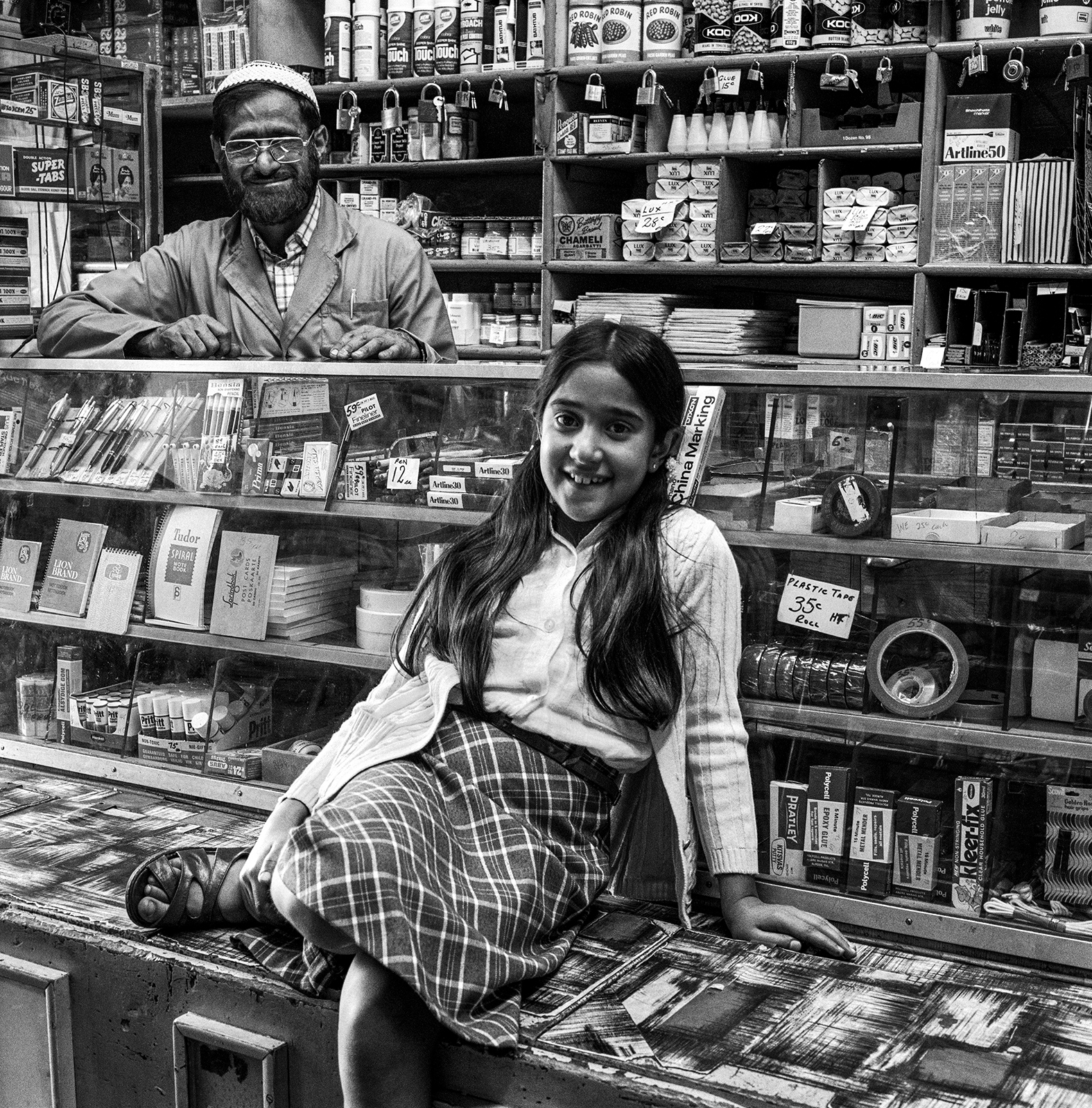
David Goldblatt, Ossie Docrat and his daughter, Nassima, in his shop,Subway Grocers, 1976, from Fragments of Fietas, (MACK, 2025)
A blackboard outside a shop reads, ‘We have been trading here for the last 40 years, where must we move?’ In a photograph taken in Ossie’s shop in 1976, his daughter smiled as her father looked on. A year later, her sister Asiya Docrat was lugging items helping Ossie Docrat to close shop. 'I had blackboards outside and I used to put the [match] score up there,' Ossie had said. Before closing shutters, the blackboard read: Fietas died today.
Fragments of Fietas, MACK, £35
Receive our daily digest of inspiration, escapism and design stories from around the world direct to your inbox.
Upasana Das is a freelance writer working on fashion, art and culture. She has written for NYT, Dazed, Interview Mag, Vogue India and Harper's among others.
-
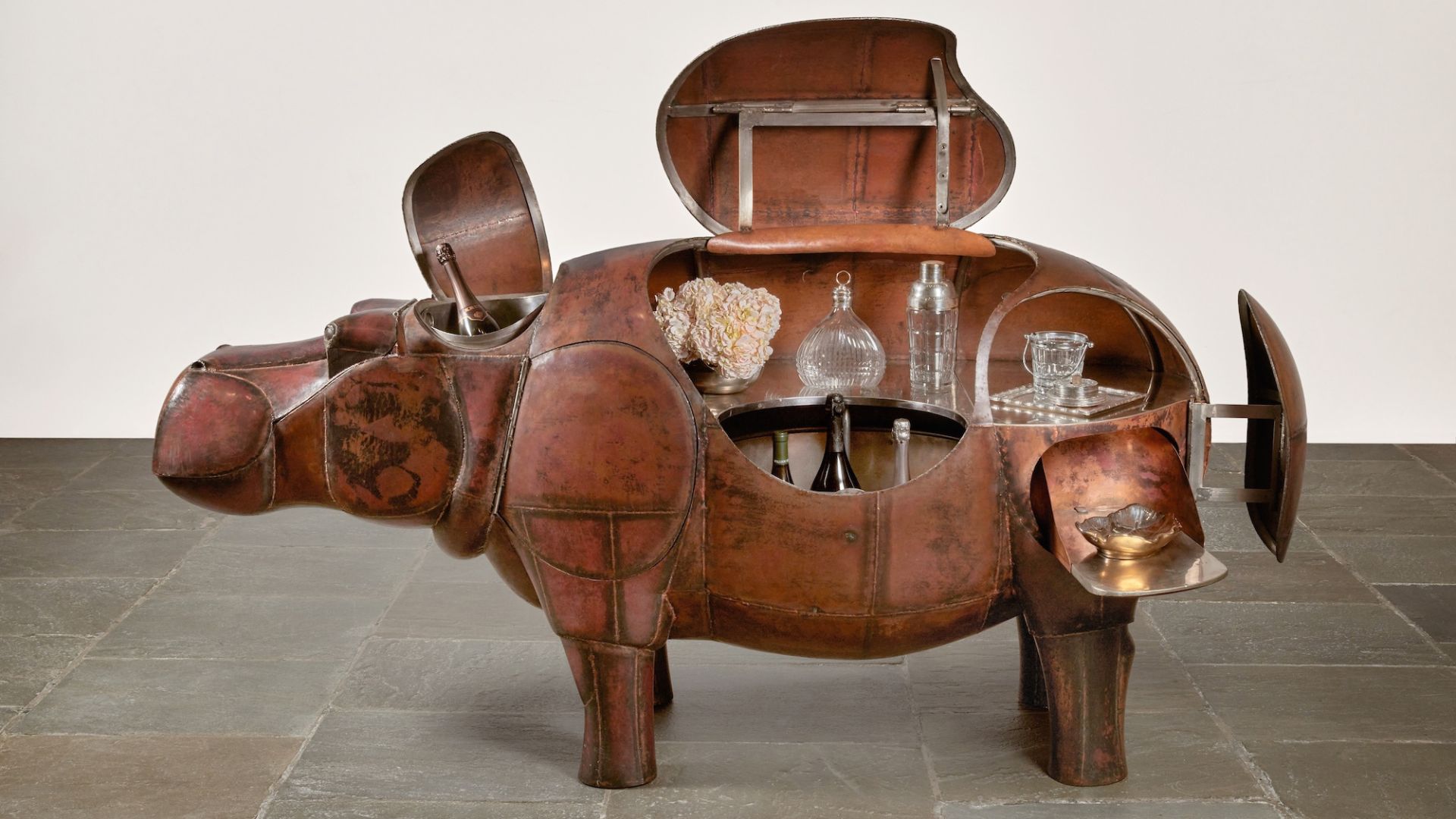 At $31.4 million, this Lalanne hippo just smashed another world auction record at Sotheby’s
At $31.4 million, this Lalanne hippo just smashed another world auction record at Sotheby’sThe jaw-dropping price marked the highest-ever for a work by François-Xavier Lalanne – and for a work of design generally
-
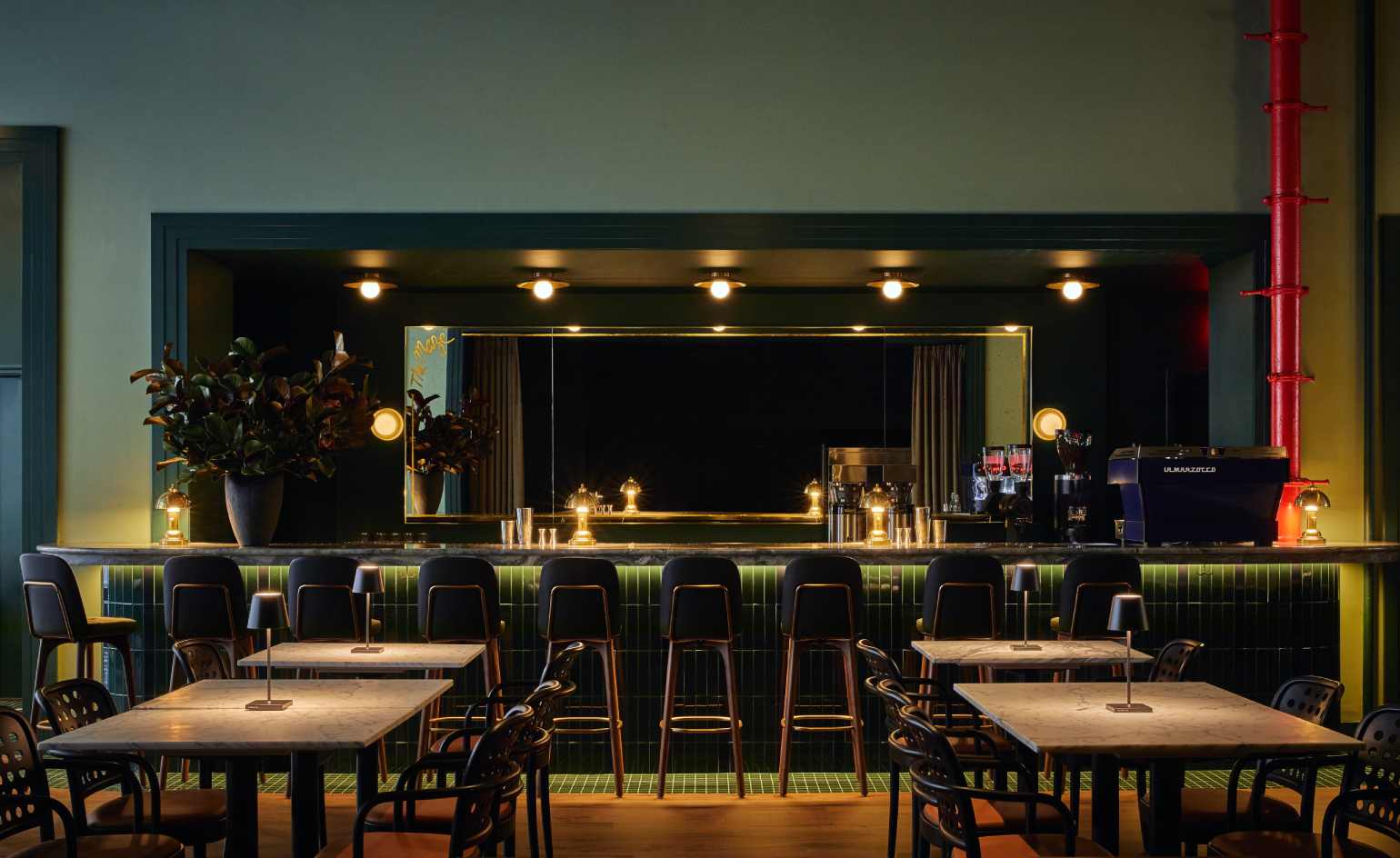 NYC’s first alcohol-free members’ club is full of spirit
NYC’s first alcohol-free members’ club is full of spiritThe Maze NYC is a design-led social hub in Flatiron, redefining how the city gathers with an alcohol-free, community-driven ethos
-
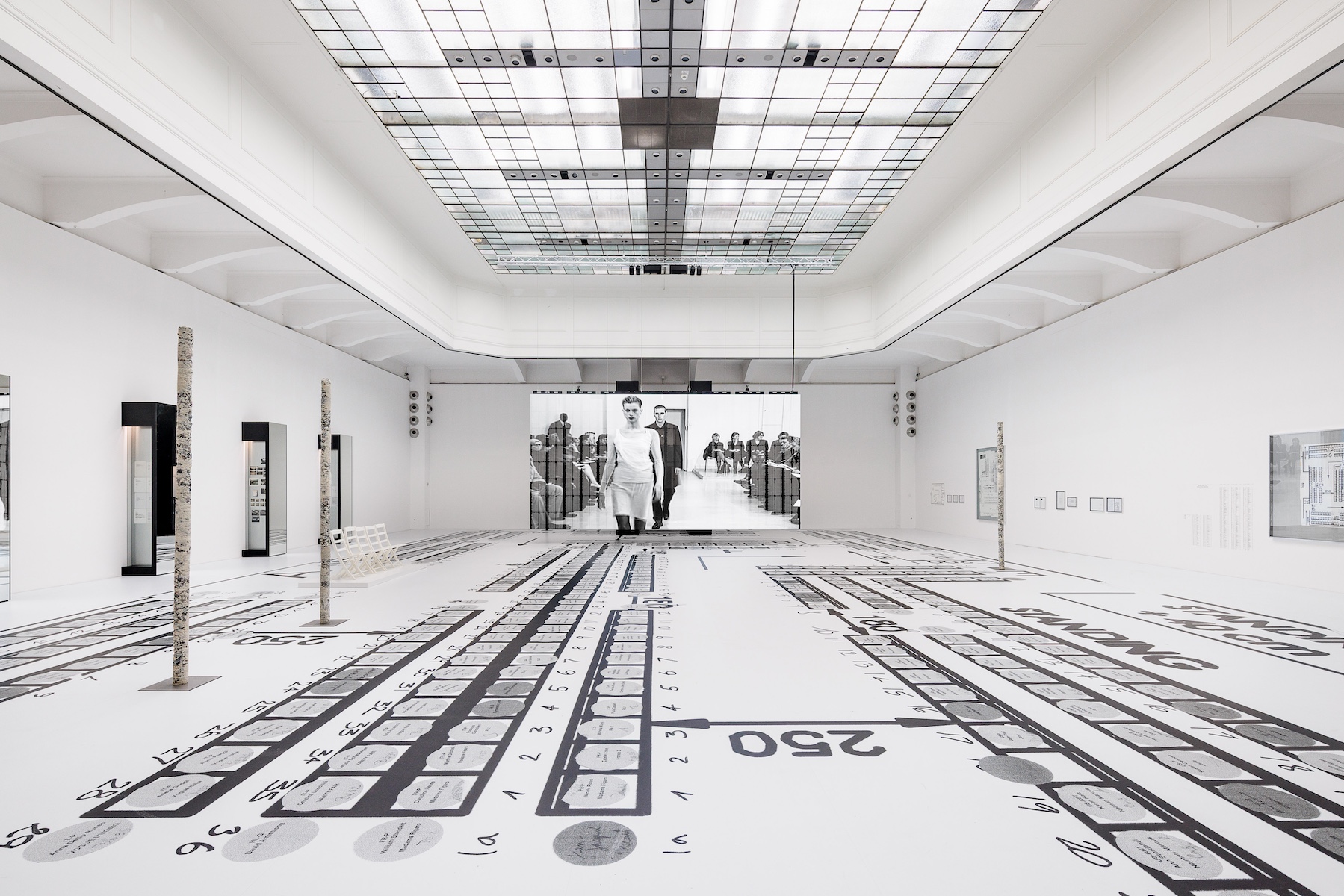 Inside Helmut Lang’s fashion archive in Vienna, which still defines how we dress today
Inside Helmut Lang’s fashion archive in Vienna, which still defines how we dress todayNew exhibition ‘Séance de Travail 1986-2005’ at MAK in Vienna puts Helmut Lang’s extraordinary fashion archive on view for the first time, capturing the Austrian designer-turned-artist’s enduring legacy
-
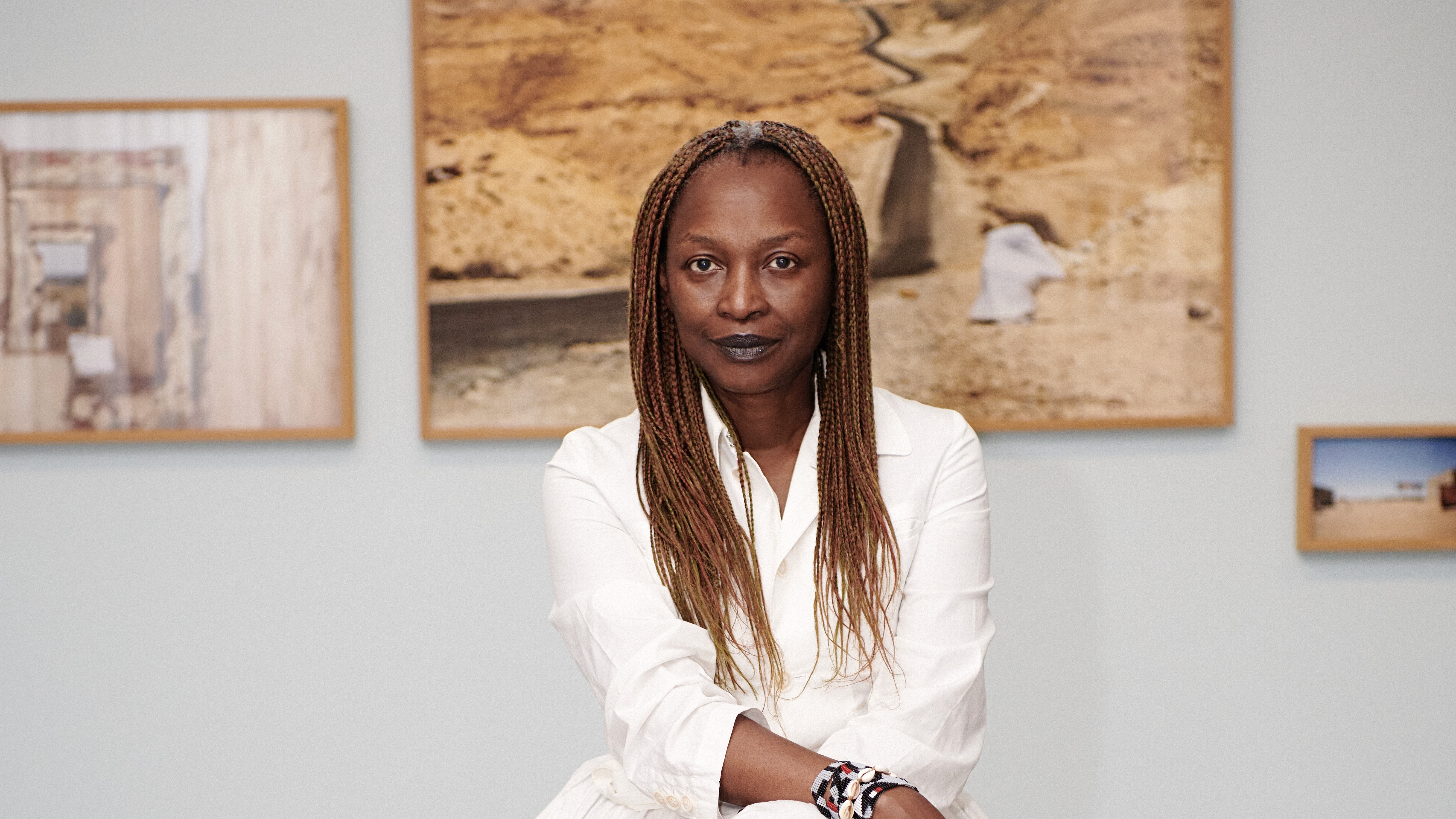 Remembering Koyo Kouoh, the Cameroonian curator due to lead the 2026 Venice Biennale
Remembering Koyo Kouoh, the Cameroonian curator due to lead the 2026 Venice BiennaleKouoh, who died this week aged 57, was passionate about the furtherance of African art and artists, and also contributed to international shows, being named the first African woman to curate the Venice Biennale
-
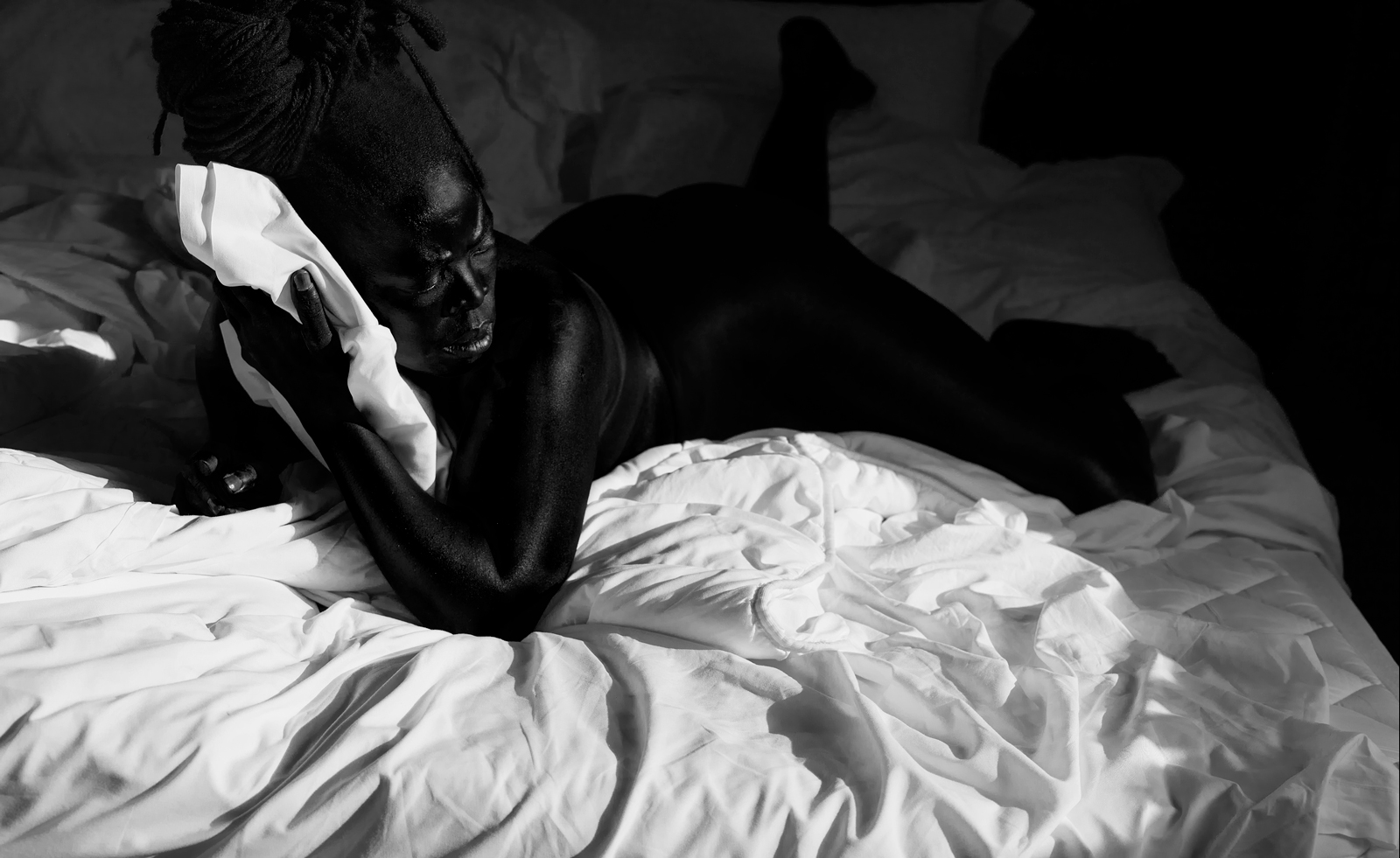 Zanele Muholi celebrates South Africa’s Black LGBTI communities in LA and London
Zanele Muholi celebrates South Africa’s Black LGBTI communities in LA and LondonZanele Muholi's portraits and sculptures are currently on show at Southern Guild Los Angeles and the Tate Modern, London
-
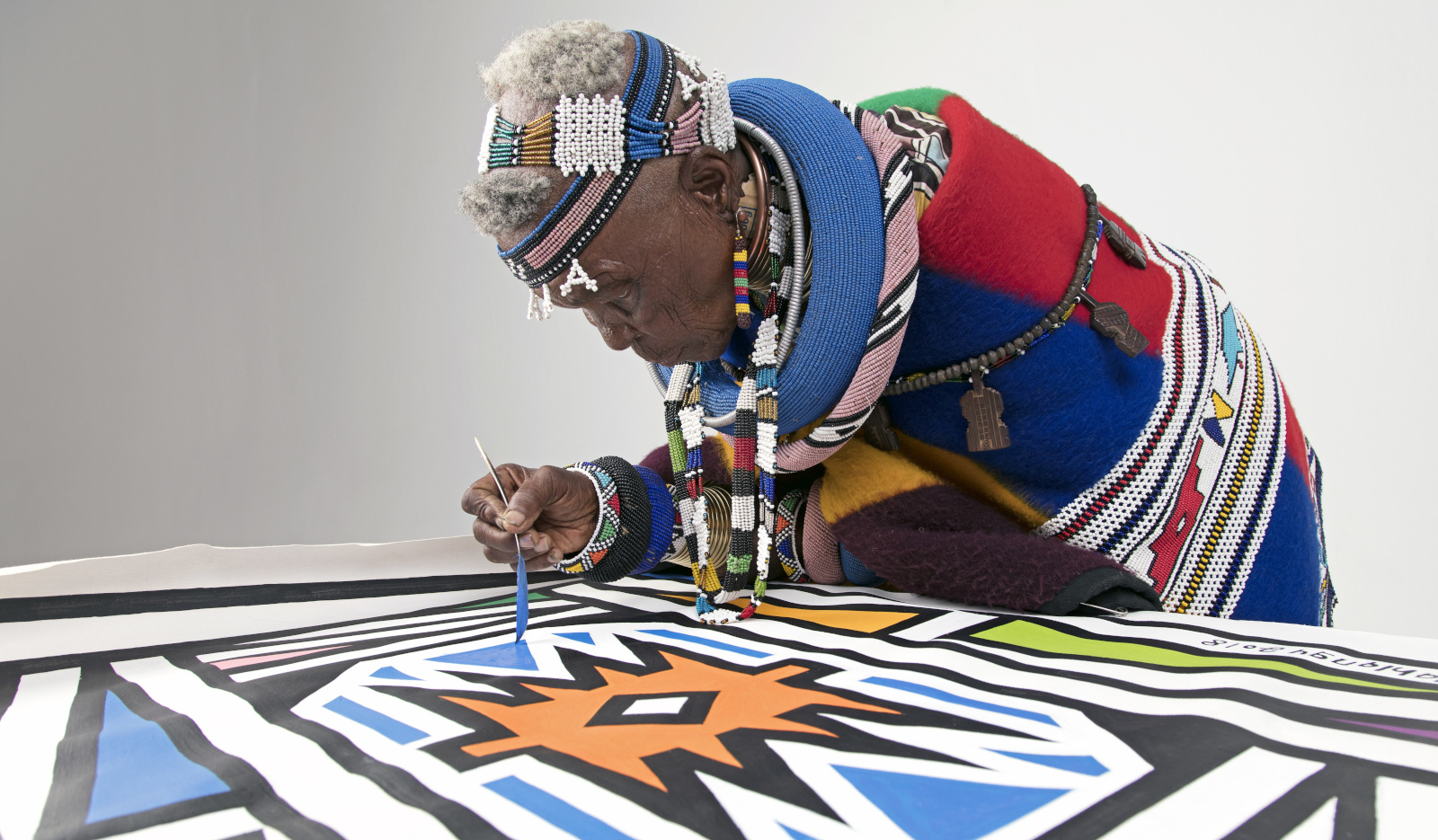 Esther Mahlangu’s first retrospective features the iconic BMW 525i Art Car
Esther Mahlangu’s first retrospective features the iconic BMW 525i Art CarEsther Mahlangu showcases ‘Then I knew I was good at painting’ at the Iziko Museums of South Africa in Cape Town
-
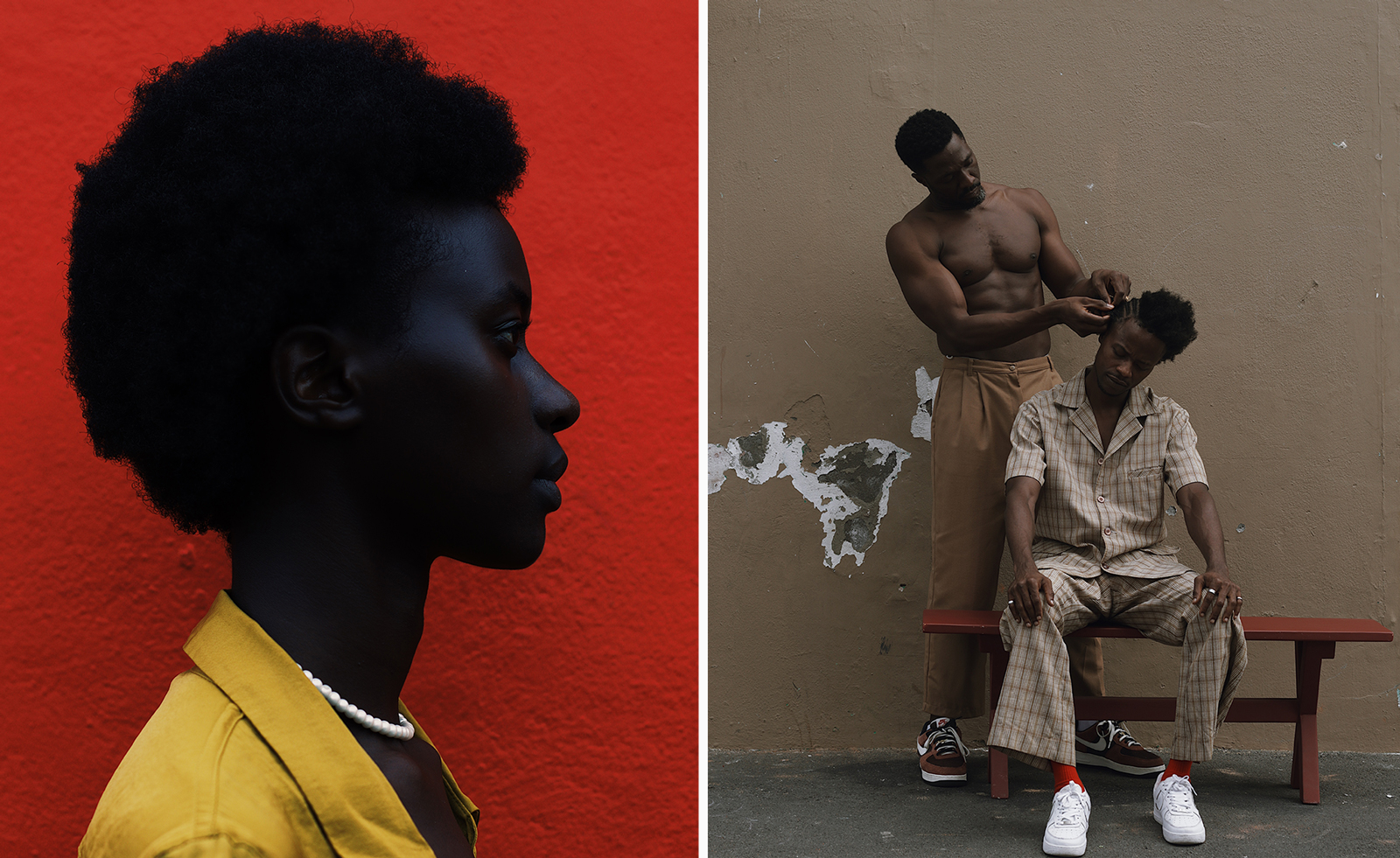 Now Gallery presents the vibrant culture of ‘A Young South Africa’ captured through the lens
Now Gallery presents the vibrant culture of ‘A Young South Africa’ captured through the lensNow Gallery’s ‘A Young South Africa, Human Stories’ showcases six inspiring photographers for the 2023
-
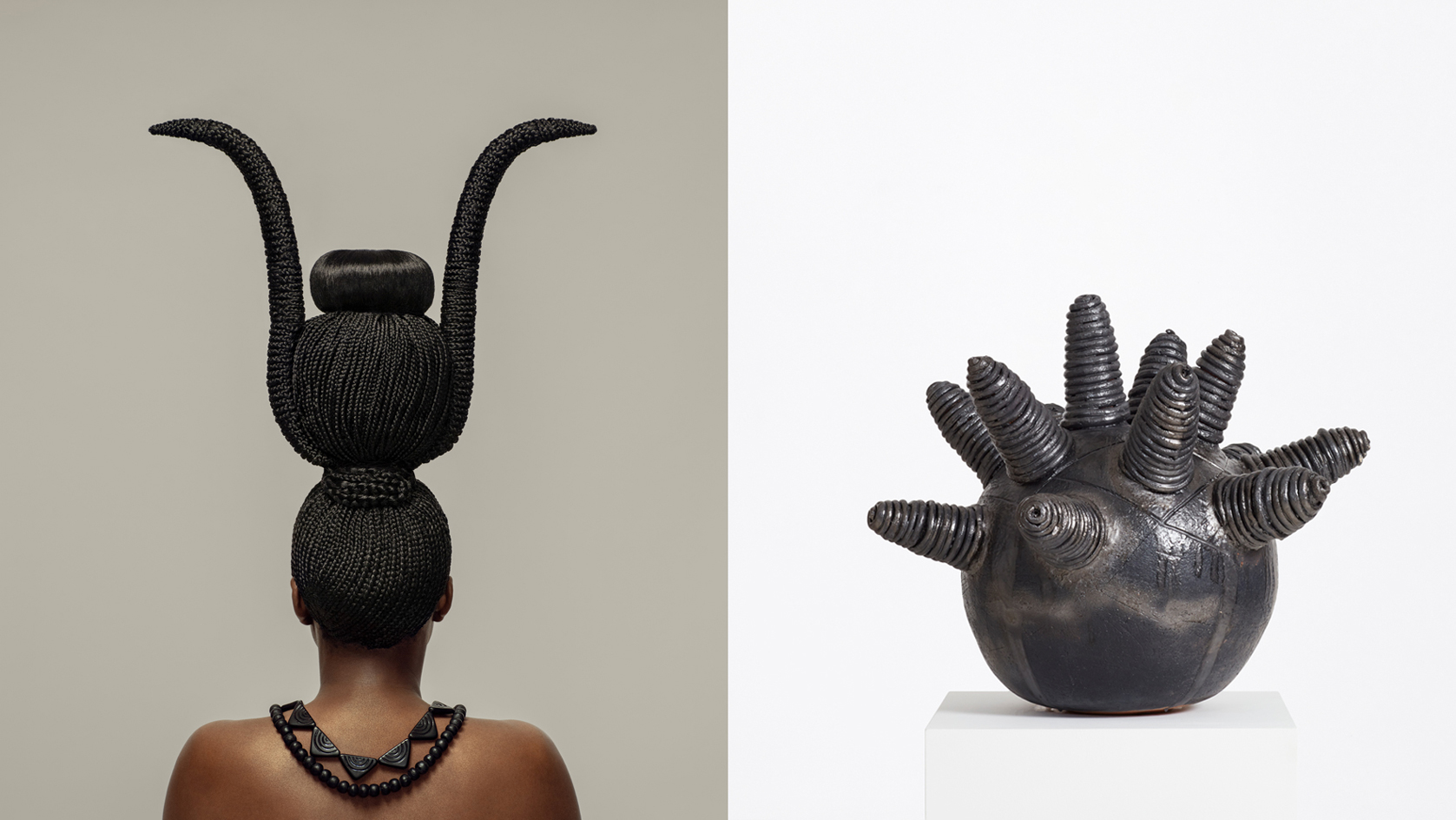 Zizipho Poswa’s new ceramics and photography explore hair as a medium for sculpture
Zizipho Poswa’s new ceramics and photography explore hair as a medium for sculptureAt Southern Guild Gallery, Cape Town, Zizipho Poswa draws on the elaborate hairstyling practised by African women in a new series of ceramics, bronze sculptures and photographs
-
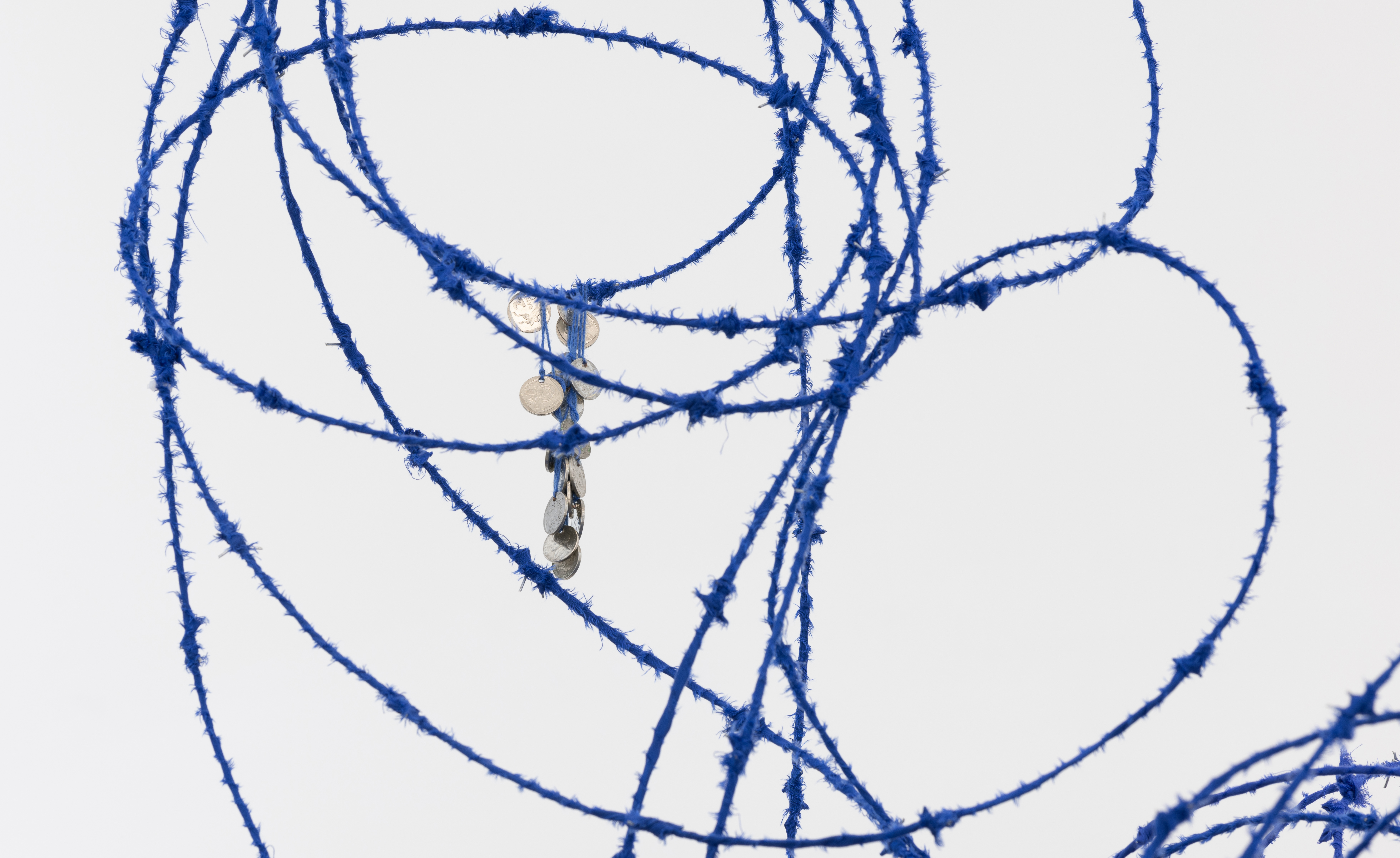 Lungiswa Gqunta’s dreamscapes address tangled colonial legacies at Henry Moore Institute
Lungiswa Gqunta’s dreamscapes address tangled colonial legacies at Henry Moore InstituteSouth African artist Lungiswa Gqunta explores knowledge systems, spirituality and collective experiences in her first solo UK exhibition, ‘Sleep in Witness’ at the Henry Moore Institute, Leeds
-
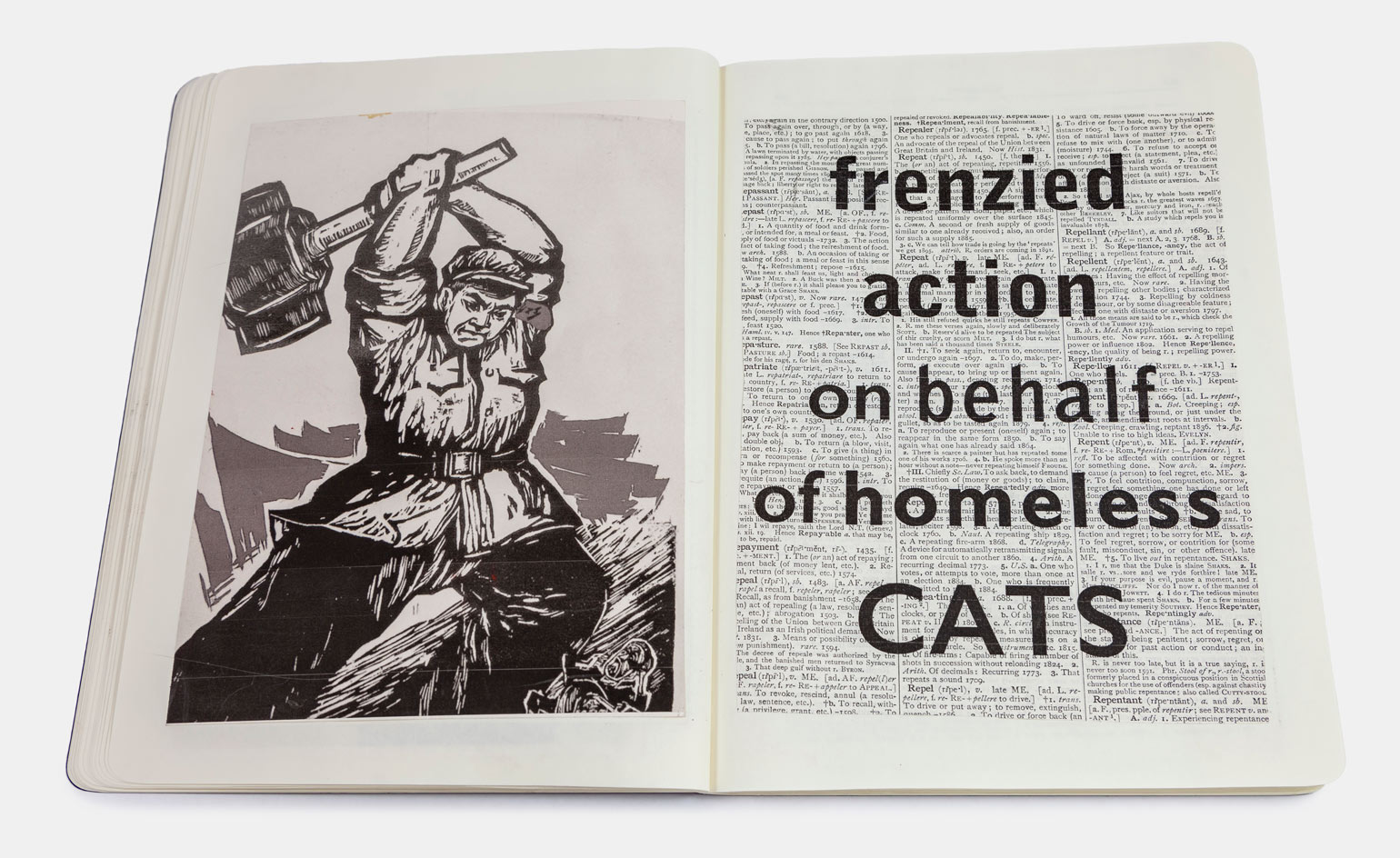 William Kentridge turns Moleskine notebook into art
William Kentridge turns Moleskine notebook into artSouth African artist William Kentridge is the latest contributor to the Moleskine Foundation Collection, transforming a notebook into a visual parable brimming with ‘thoughts accepted and abandoned’
-
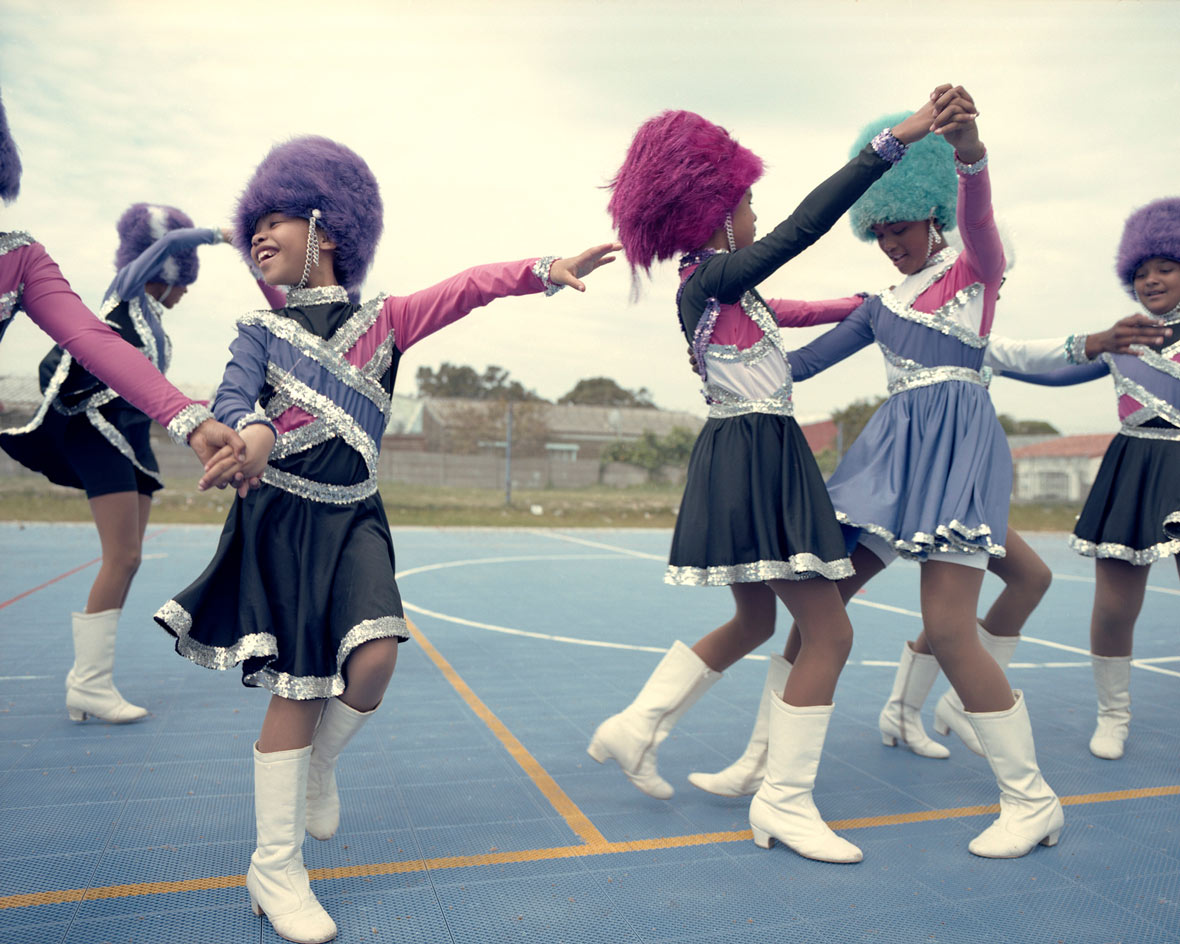 Alice Mann photobook bangs the drum for South African girls
Alice Mann photobook bangs the drum for South African girlsAlice Mann’s long-term photography project, Drummies, examines how the sport of drum majorettes empowers young women in South Africa. Via a Kickstarter campaign, the photographer hopes to transform the compelling series into a photobook
